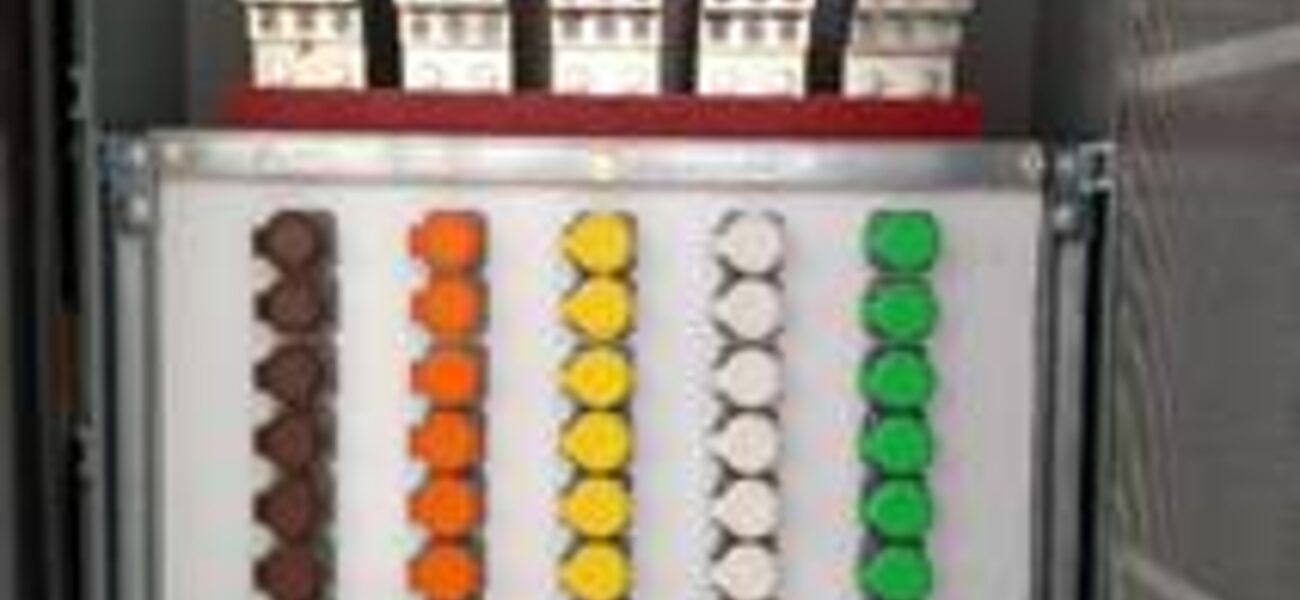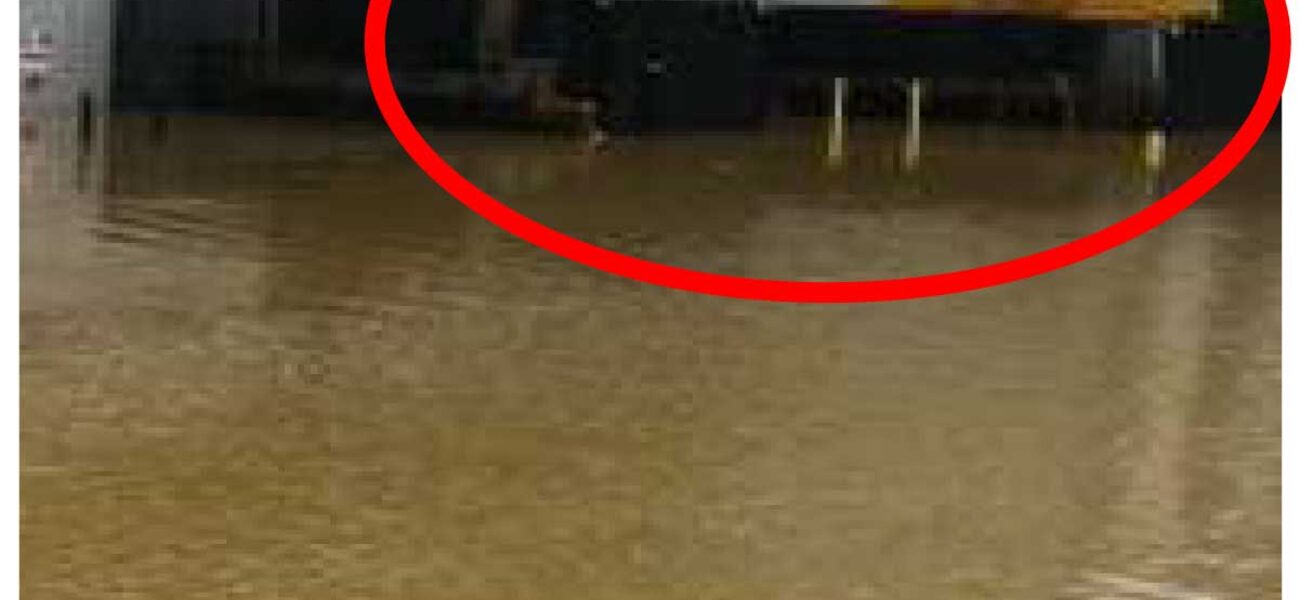Bigger is not always better when it comes to generators and their distribution systems. Oversizing a piece of equipment has a domino effect on the infrastructure needed to support it and the square footage it occupies, as well as capital, operating, and maintenance costs, all of which cut into funding that could go toward research. Determining which generator is best for a research facility requires an understanding of many factors, including the current and projected loads, site parameters, risk assessment, flexibility requirements, and operating concerns. Discussing these issues up front with the design team, users, and owner is critical to ensure that standby power will serve the occupants and protect the research data, says Joseph DelPozzo, senior vice president of WSP in New York City.
“Communication is key, because we need to understand the special functions that happen in a building,” says DelPozzo. “At the beginning of a project, we get bombarded with information from the client and we need to make sure we are applying the right information into the design with an eye toward the budget and the schedule. There is a purpose for the project, and the performance needs to meet that purpose. No two projects are the same.”
Once the best size is determined, the desired spare capacity for future growth, along with the space and budget implications, must be analyzed. The spare capacity percentage is the amount of generator kilowatts available for future load and equipment needs. Simply oversizing the generator system without justification to match a load profile will result in system inefficiencies and higher lifetime maintenance costs.
The operation inefficiencies can include “wet stacking,” which occurs when unburned liquid fuel passes into the exhaust stream and wets the exhaust stack. Oversizing can also cause fuel storage to increase exponentially and detract from the critical footprint within a building or site. Generators used for large buildings/loads typically use diesel and natural gas as their fuel source.
“During a peak condition, if systems are not sized appropriately, or a subsequent load is added, loads may need to be shed off the system,” explains DelPozzo. “When this is needed, a priority sequence must be established to shed non-critical loads first to allow the remaining critical loads to operate.”
In renovation projects, historical data can provide valuable details about peak demand and average usage over a certain timespan. The information can be used to pinpoint opportunities for energy-conservation measures to reduce the load. For renovations and new installations, it is necessary to know the full versus partial loading impact, the baseline anticipated requirements, the right amount of spare capacity, the potential impact of oversizing, how much space is available for equipment, and whether it is best to use a single generator or multiple units.
Designing for Maximum Efficiency
A review of all mandated codes should be conducted at the onset of each project to avoid missteps in the design phase. The National Electric Code provides guidance about how the electric capacity is sized, and the Energy Code deals with energy consumption and reduction. The National Fire Protection Association mandates that all generators be “load bank” tested for at least 30 minutes each month and at least four hours every three years. A load bank is a central “false” load to allow the generator to be tested without the use of the actual building load. During an emergency, the load bank will be disconnected.
Generators fall into two classifications: Level One, where failure of the equipment could result in serious injuries or the loss of life, and Level Two, where equipment failure is less critical to human life and safety. The codes mandate that life safety systems are the highest priority to keep operational during a normal power failure.
In addition to the codes and sizing issues, the design checklist should include discussion about redundancy, generator ratings, demand response opportunities, emissions, the type of fuel, the location of the generator, flexibility for the future, operational considerations, costs, and risk mitigation.
The items on the list must be considered together rather than in isolation, because each can have in impact on the others. For example, designers will consider the emissions controls when an institution participates in demand response programs, which are utility-sponsored programs that incentivize building owners to utilize their generators during utility peak demand periods. But that requires that they store a lot of fuel onsite.
“The engineer and owner need to understand the impact of each from a space, budgetary, and maintenance point of view,” says DelPozzo.
Participating in a demand response program also requires compliance with a Tier 4F emission controls standard. New generators are available with Tier 4F classifications as per Environmental Protection Agency guidelines. Retrofits can only achieve Tier 4 when emission control equipment is added to an existing generator. The current EPA standards impact only diesel generators, so the natural gas option does not have the same emission guidelines.
A power monitoring system is one design element that offers both flexibility and redundancy. The system will enable the building operators to constantly monitor the electrical system behavior and understand when and how much spare capacity exists. The spare capacity will allow the users to understand the flexibility of the electrical system if they ever need to expand the power load.
Redundancy often requires the addition of, and/or duplication of, more components into a system to achieve a desired backup level. By doing so, a single component failure, either planned or unplanned, will not affect the overall system and will increase reliability. However, redundancy is not always the best solution for enhanced reliability because it increases the complexity of the system and, therefore, the costs.
Fewer large generators can increase both redundancy and reliability. A three-generator option achieves a level of redundancy and can be more reliable than the four-generator scheme, when considering all of the ancillary components—such as fuel pumps, batteries, switches and controls—needed in the four-generator scenario. Eliminating 25 percent of the ancillary components reduces the probability of failure.
There is also a Plan B approach to maintaining standby power, which offers design features with varying levels of redundancy at varying levels of capital investment:
- a CAM lock, which features a giant receptacle to which a portable, temporary generator can be connected
- multiple generators in a parallel configuration
- a modular approach
- a distributed system, in which each generator has its own emergency power system distribution
- a centralized system, in which multiple generators are consolidated into a single parallel set of generators.
- compartmentalizing equipment.
When deciding where to locate the standby power system, it is essential to consider safety, location of fuel storage, the potential for natural and human-created disasters, risk management, the size of the generator, costs, and whether it should be situated indoors or outdoors. If a generator is located indoors, there must be significant combustion and exhaust air volumes, fire protection, vibration control and acoustical treatment, and an indoor fuel piping distribution system. If it is located outdoors, it should be in a weatherproofed and acoustically treated enclosure, have a simplified fuel storage and delivery system, and have the necessary security.
“Look at the design from a facilities engineering point of view,” advises Delpozzo. “We strongly encourage commissioning and the full pull-the-plug test to verify the initial design intents and make certain the performance and the redundancies are all operating at the same time. Listen to the facilities engineer about possible additional metering.”
Case Studies
DelPozzo points to three laboratory projects that illustrate various design elements relevant to standby power. The first is a 110,000-sf new research-and-development facility, currently in design, that features an outdoor generator and is at 23 percent spare capacity. One challenge is making sure the design accounts for a strict sound attenuation ordinance.
The second example is a completed multiple-building pharmaceutical research-and-development campus with several outdoor generators that comply with the demand response program. CAM locks allow for portable load bank testing. Full back-up is provided to keep this critical facility operating, even in the case of an emergency. It has a three-and-a-half-year payback lifecycle.
“The payback is really the owner’s initial investment with consideration of what they get back as participants in the demand response program, as well as the reduced utility rate they get,” says DelPozzo.
The third project, which is under construction, is a lab in a multi-tenant building with an outdoor generator. The core facility needs to have full back-up power because it serves the healthcare industry.
“We went through a rigorous right-sizing because there was no way we could get two generators on the site,” says DelPozzo. “That was one of the tough challenges in being able to locate the generator on site. We are down to 10 percent spare capacity on this unit, so it really was a number-crunching exercise to make certain how they were going to run the facility in a standby operation.”
Two of the projects opted for a five-day fuel storage capacity and the other is seven days. The decision was driven by the threat of another catastrophe, like Superstorm Sandy, and the need to have fuel available.
By Tracy Carbasho


